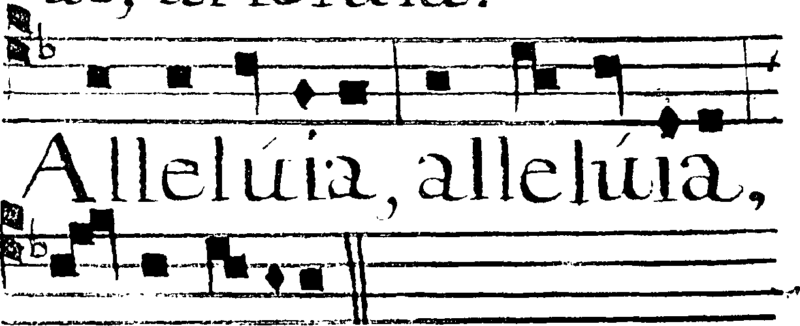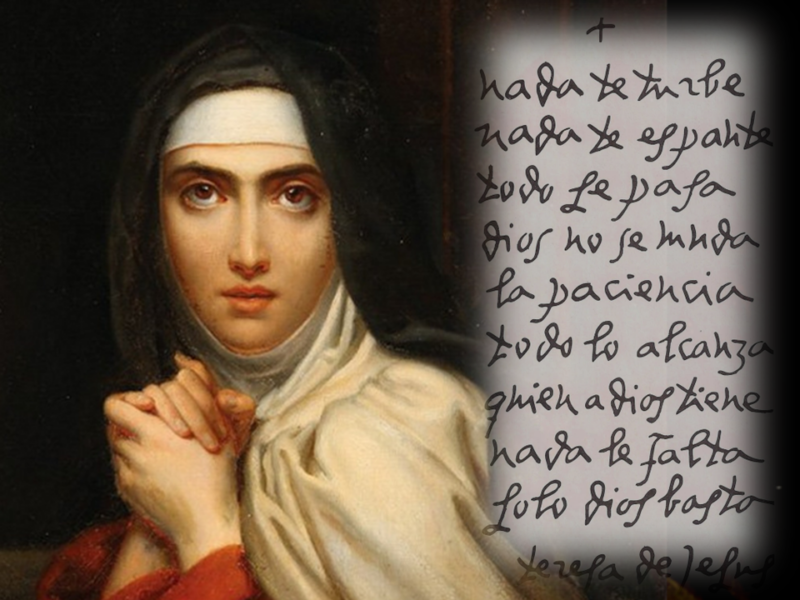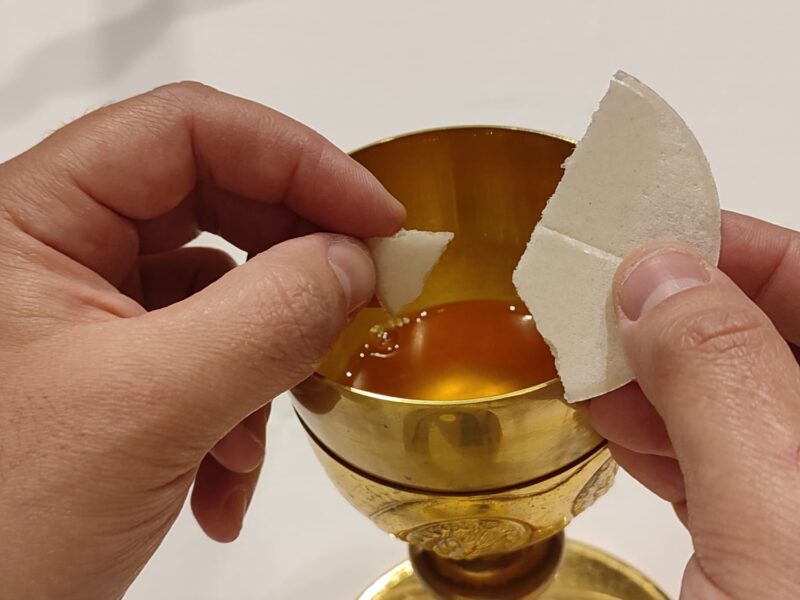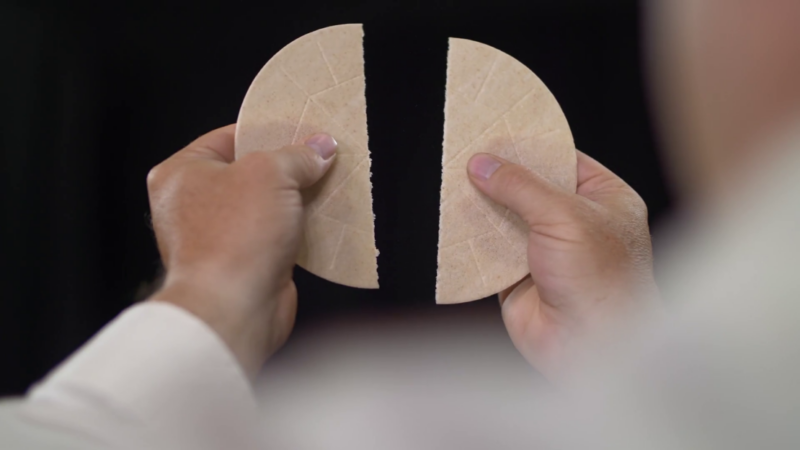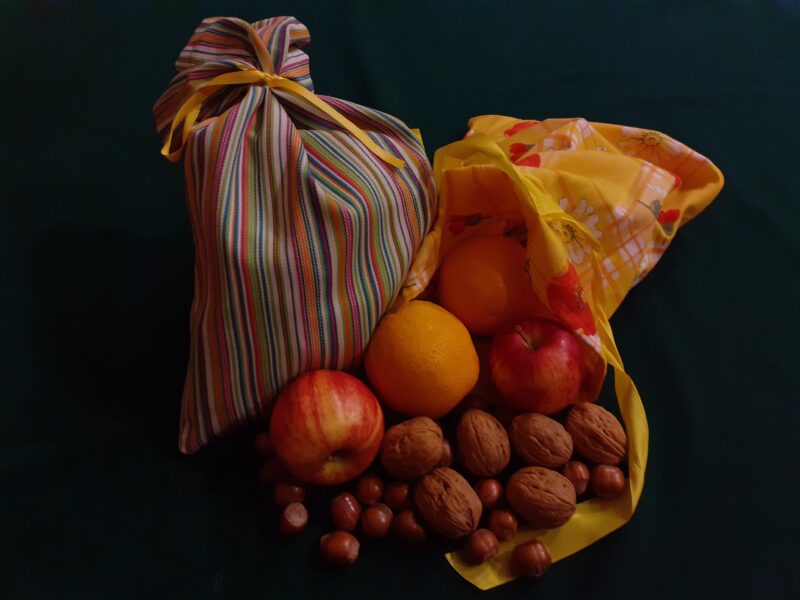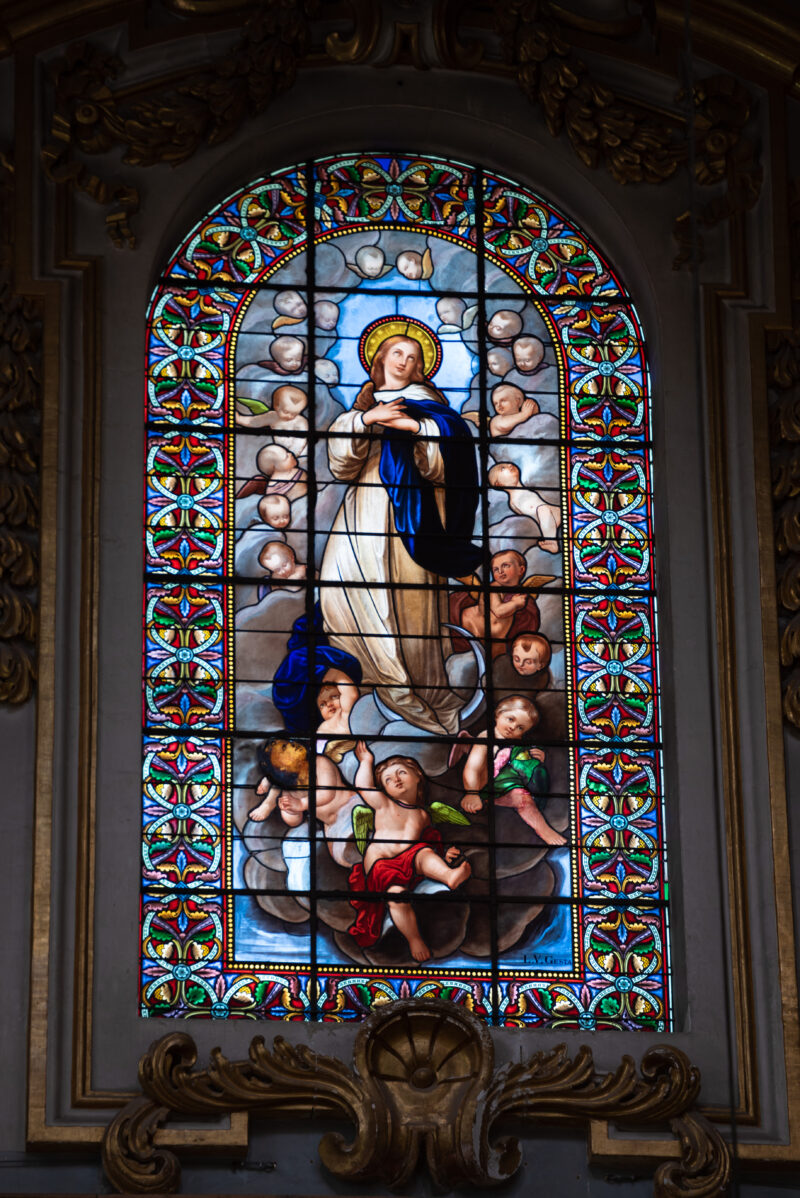Have you ever noticed that during Lent we don’t sing the Alleluia at Mass, but instead we say, “Glory and Praise to you, Lord Jesus Christ” or some other similar formula? Lent is a very important season in the Liturgical calendar because it serves as a preparation for the celebration of the Paschal Mysteries, and it is also a penitential season that helps us acknowledge our sins and give God the first place in our lives. The three words that characterise this period are: prayer, fasting and almsgiving. But what does the word Alleluia have to do with this?
During this time, Christians fast, so to speak, from saying Alleluia, which comes from the Hebrew words hallalu, that means ‘praise’, and yah, which is a short form of the name ‘Yahweh’, God’s Name. In short, the word Alleluia means ‘praise God’. This is a joyous acclamation through which we are reminded that during Mass we are united with the choirs of angels to celebrate the Kingdom of God even while we are still in this world.
But during Lent we focus on the need to prepare ourselves to receive salvation and the Kingdom of God. The forty days of Lent remind us of the forty years that the Israelites spent in the desert. It is a time of reflection and purification, that urges us to long for the salvation that God offers us through the Paschal Mystery, meaning the Passion, Death and Resurrection of Christ.
The ‘fast’ from singing the Alleluia is one of a number of small changes in the Liturgy that emphasis the penitential character of this season, amongst which is the Gloria, in which there is found the joyous news of the angels who proclaimed the birth of Jesus; the Responsorial Psalm is taken from the penitential psalms or from other psalms that ask God to intervene in moments of trial; flowers are not placed on the altar; and the liturgical colour is purple, which, as explained earlier, symbolises penance and repentance. These changes help us focus our attention on repentance and uniting ourselves to God’s will through penance and prayer.
Thus, this ‘fast’ from singing the Alleluia serves to prepare us, and creates an internal longing to celebrate Easter with the hope of one day adoring and praising God face to face in Heaven where we will join in the never ending Alleluia.
Stop and Think:
Praising God is an almost forgotten form of prayer. Maybe it is because we are used to praying to God in times of need. How long has it been since you have praised God for all the graces he has given you in life?
In what ways can you better prepare yourself to sing the Alleluia on Easter Sunday with a pure heart?




